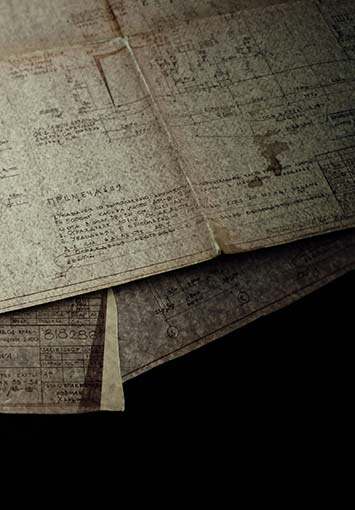Article Category
Document Scanning & Data Capture
Everything you need to know about the benefits of document scanning.
Get tips and tricks to help you better manage your data and rid your organization of antiquated paper processes. Learn about the advantages of going paperless.
Most businesses go through big changes at one point or another. Whether it’s a merger, restructuring, relocation, or even just rapid growth, these kinds of events usually demand your full attention. For that reason, most people don’t put much thought into what is going to happen with their records. However, keeping them organized and accessible
In this article, we’ll explore the benefits of digitization for small cities and towns, the types of records that can be digitized, and the best approaches to get started. Whether you’re tackling a growing stack of paper or seeking ways to improve efficiency, government records scanning services make the process of going paperless easier and more affordable.
Utility companies face unique challenges when it comes to records management. From engineering plans and site maps to service reports and regulatory documents, the variety and volume of records they need to keep track of is staggering. These records play an important role in keeping services running smoothly, ensuring regulatory compliance, and maintaining transparency with
For many businesses, managing invoices can feel like an uphill battle. Paper invoices pile up on desks, while digital ones are lost in a sea of email threads. Keeping everything organized and efficient is no easy task, but invoice scanning can make it a whole lot easier. Invoice scanning is a straightforward yet effective way
Libraries and government agencies are responsible for managing massive collections of records, and for decades, microfiche was the go-to solution for storing them. From historical documents to public records, microfiche helped these institutions save space while preserving large volumes of information. However, as technology has evolved, so have the ways we share and access data.
Large format documents are common across many industries, including construction, engineering, architecture, and government. Documents like schematics, survey maps, blueprints, and engineering drawings contain important information that needs to be preserved, often for many years. However, their large and often variable dimensions make them difficult to work with and store, leading many businesses to digitize
Any business trying to manage a large number of paper records will tell you it can be a major headache. With storage space dwindling and the time it takes to find what you need increasing, it becomes hard to justify sticking with paper recordkeeping. The truth is, records have a way of piling up over
Maintaining accurate and accessible records is crucial for law enforcement agencies, from police departments to probation offices. Scanning services help streamline record management, ensuring officers and staff can access the information they need quickly and securely, whether in the office or out in the field.
Extracting data from your documents is one of the most critical steps in the document scanning process. It directly impacts how searchable and functional your digital files will be, shaping how you access and interact with them each day. Despite its importance, data extraction often flies under the radar, overshadowed by other aspects of digitization.
Purchasing a medical practice is an exciting step. Whether you’re a doctor, dentist, chiropractor, or therapist, expanding your business means you’ll be able to help more people and make a greater impact in your community. One of the biggest challenges that come with this kind of acquisition is dealing with existing medical records. Many practices









